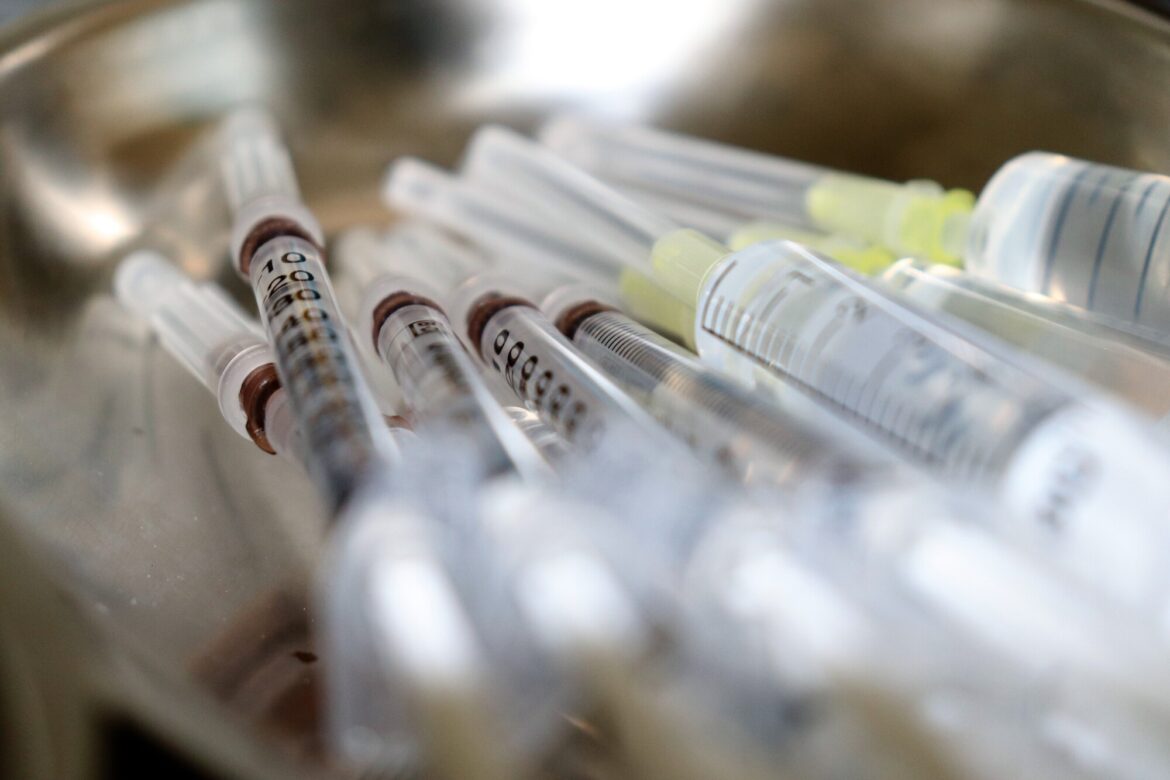Hospital Needles: Types, Uses, and Disposal
After 2020, we’ve all found ourselves in a world dominated by jabs. More jabs of COVID vaccines have been given out over the last two years than the number of human beings on Earth. That’s a wild stat, and just one of the many bits of data that show how vital hospital needles are to keeping our society happy and healthy.
But what are the different types of needles used in hospitals? How do they dispose of them? And do hospitals reuse needles ever?
These are all great questions with equally great answers. Keep reading if you want to learn them!
How Many Types of Hospital Needles Are There?
More than you might think. The fact of the matter is, different tasks require different types, gauges, and thicknesses of needle.
One of the most common types is the Luer lock syringe. These are syringes that have a screw-like mechanism for the needle to ‘lock’ into, ensuring security and preventing leakage. Millions of jabs are given out with Luer lock syringes across the world every day.
But it doesn’t stop there. Let’s say you want to clear out some medical equipment. You want more liquid throughput than you can get from a Luer syringe, so instead you’d use a ‘catheter’ type syringe.
These syringes are large and robust, able to accommodate needles that you can push a lot of fluid through at once. That makes them ideal for the irrigation of medical equipment, and one of the most common types of needles used in hospitals.
And at the other end of the spectrum? Micro needles. These guys are so tiny you can barely see them, and they’re used for administering tiny amounts of fluids. Think of it as a spectrum: micro and catheter syringes at either end, and Luer locks in the middle.
For an even more granular breakdown of needle types, click here.
Hospital Needle Disposal Procedures
So once these needles have done their job, how do hospitals get rid of them? Just chuck ’em in the trash, right?
Nope! That would be very dangerous, and would risk exposing sanitation workers to the risk of jabbing themselves. Instead, used needles go into a safe, solid ‘sharps’ container. These containers are marked so that workers know what they’re dealing with, and are designed in a way that means they can’t be damaged or torn open by errant needles.
After that, they’re taken to a specialist facility for incineration. Needles don’t get reused, because it exposes patients to the risk of cross-contamination and infection. They’re safely destroyed instead.
Syringes: Get the Point?
So there you have it, a handy guide to the many types and uses of hospital needles. We may not ever think about them, but there’s a lot more to the tools that make our vaccinations possible than you might believe.
Enjoyed this piece? See our site to find more like it!




